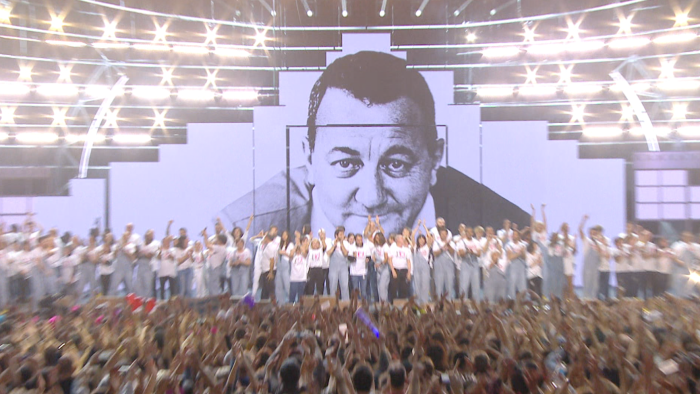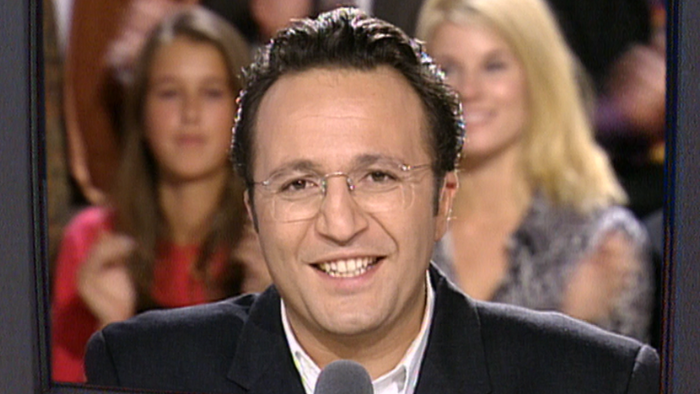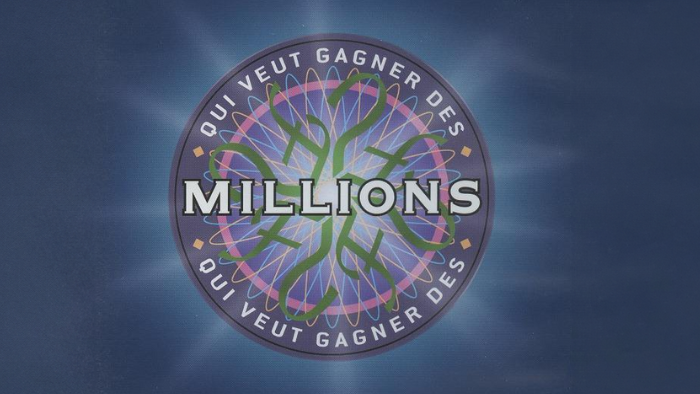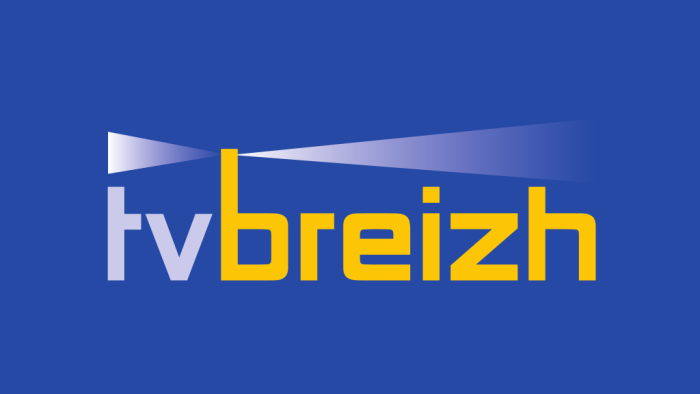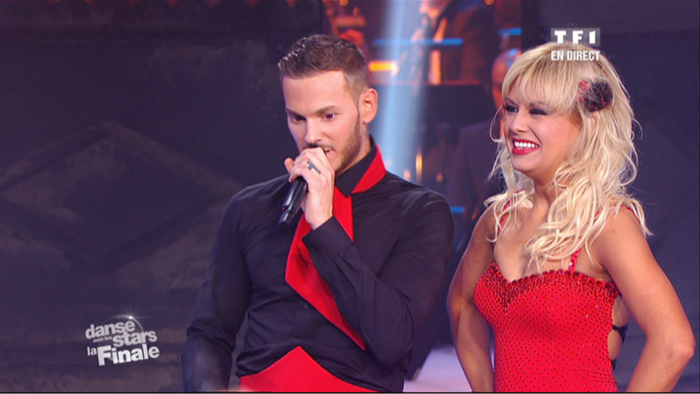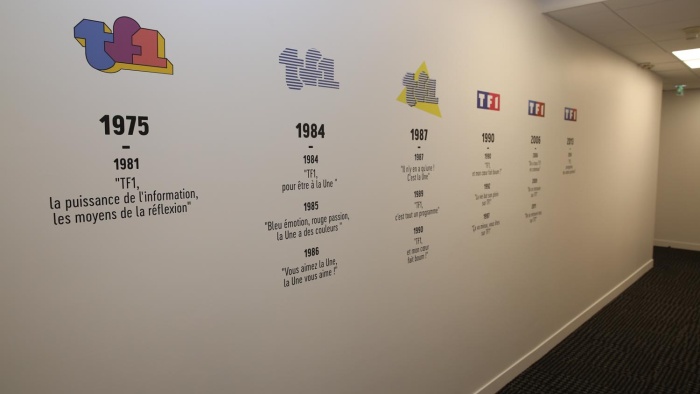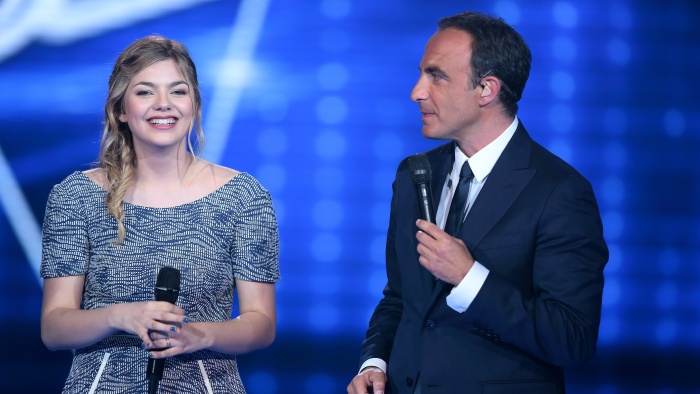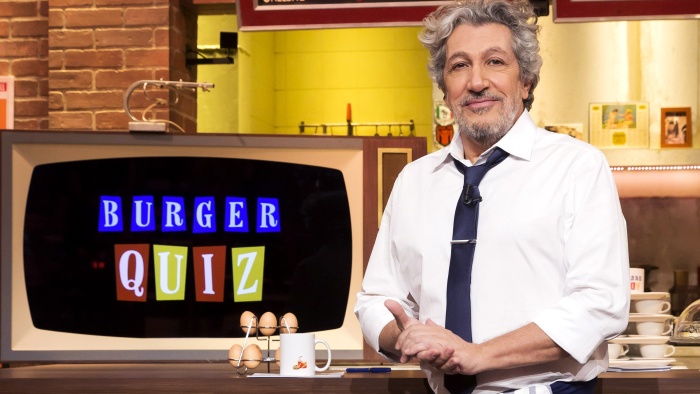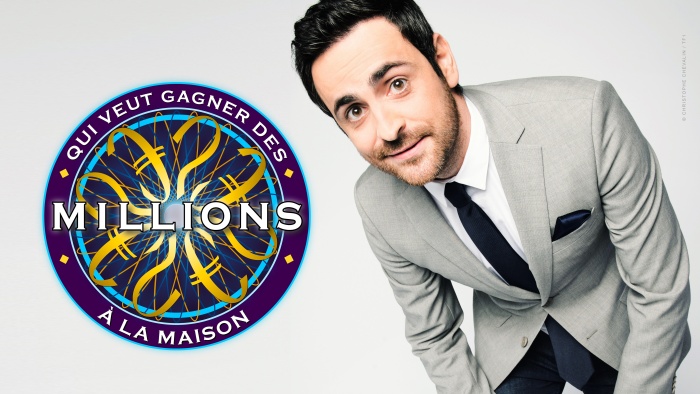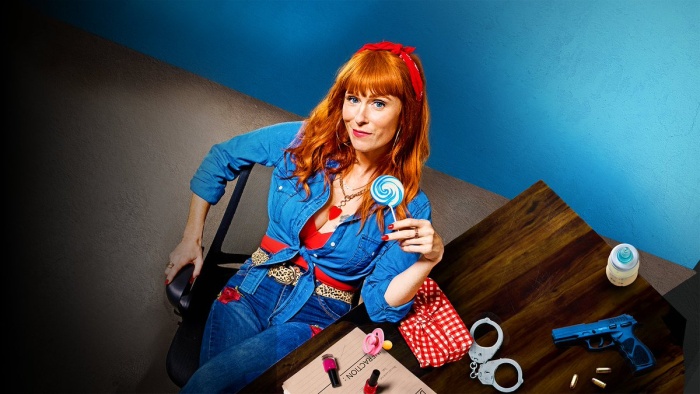With 44 million viewers for the big return of Star Academy, 10 million viewers for season 2 of HPI, and a record-breaking 24 million viewers for the FIFA World Cup final, 2022 was a year of major success for TF1 Group’s channels. LCI continued its growth by covering major news events such as the war in Ukraine and the presidential election. It increased its audience by 42% compared to 2021, achieving the highest growth for a TV channel in 2022. Platforms side, MYTF1 confirmed its strong leadership with over 26 million monthly catch-up users and 2 billion videos viewed. In terms of distribution, Newen Connect won the Unifrance award for audiovisual export in the fiction category with Les Combattantes. On the corporate side, TF1 Group reinforced its environmental action plan by signing the Climate Contract on June 30th, 2022, committing to reduce carbon emissions by 30% by 2030. On September 16th, 2022, TF1 and M6 Groups abandoned their merger project. Finally, on October 27th, 2022, Rodolphe Belmer became CEO of TF1 Group.
